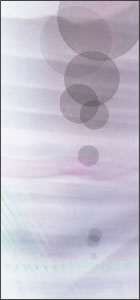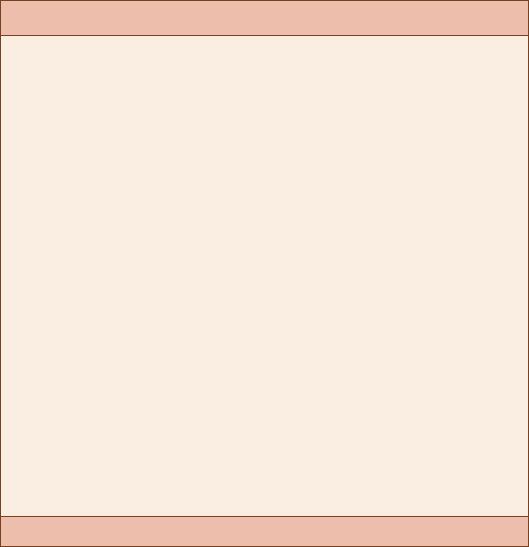


Theory of Yin-Yang
| Yang Health Center |
The direct meanings of yin and yang in Chinese are bright and dark sides of an object. Chinese
philosophy uses yin and yang to represent a wider range of opposite properties in the universe:
cold and hot, slow and fast, still and moving, masculine and feminine, lower and upper, etc. In
general, anything that is moving, ascending, bright, progressing, hyperactive, including
functional disease of the body, pertains to yang. The characteristics of stillness, descending,
darkness, degeneration, hypo-activity, including organic disease, pertain to yin.
The function of yin and yang is guided by the law of unity of the opposites. In other words, yin
and yang are in conflict but at the same time mutually dependent. The nature of yin and yang is
relative, with neither being able to exist in isolation. Without "cold" there would be no "hot";
without "moving" there would be no "still"; without "dark", there would be no "light". The most
illustrative example of yin-yang interdependence is the interrelationship between substance and
function. Only with ample substance can the human body function in a healthy way; and only
when the functional processes are in good condition, can the essential substances be
appropriately refreshed.
The opposites in all objects and phenomena are in constant motion and change: The gain,
growth and advance of the one mean the loss, decline and retreat of the other. For example,
day is yang and night is yin, but morning is understood as being yang within yang, afternoon is
yin within yang, evening before midnight is yin within yin and the time after midnight is yang
within yin. The seed (Yin) grows into the plan (Yang), which itself dies back to the earth (Yin).
This takes place within the changes of the seasons. Winter (Yin) transforms through the Spring
into Summer (Yang), which in turn transforms through Autumn into Winter again. Because
natural phenomena are balanced in the constant flux of alternating yin and yang, the change
and transformation of yin-yang has been taken as a universal law.
Traditional Chinese medicine holds that human life is a physiological process in constant motion
and change. Under normal conditions, the waxing and waning of yin and yang are kept within
certain bounds, reflecting a dynamic equilibrium of the physiological processes. When the
balance is broken, disease occurs. Typical cases of disease-related imbalance include excess
of yin, excess of yang, deficiency of yin, and deficiency of yang.

Chinese Acupuncture and Spine Care
Please call (317) 816-4006 or (317) 340-1427 for a consultation.
| 10640 North College Ave. Indianapolis, IN - 46280 (317)340-1427 (317)816-4006 |


